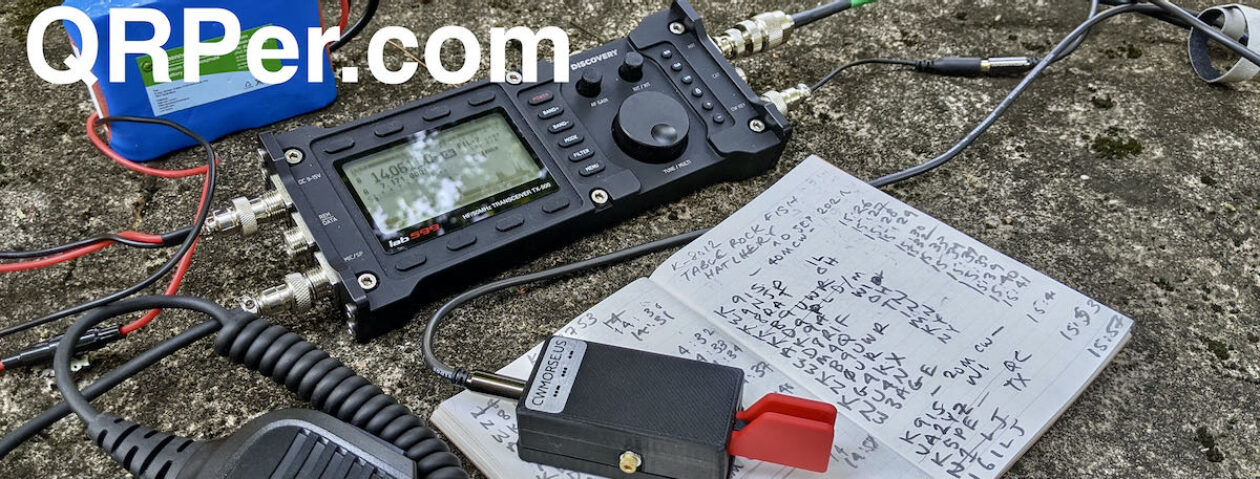How I found the best antenna for my SOTA/POTA activations
by Thomas (DM1TBE)
Intro
Until January this year I had a German “Klasse E” / CEPT-novice amateur radio license (equivalent to the US General Class), which limits the use of HF to the 10-,15-, 80- and 160-meter bands. When I started with SOTA I used homemade single band end-fed antennas most of the time. However, that is only feasible for the 10- and 15-meter bands.
Unfortunately, both bands are very moody and sometimes they have not worked at all. Unlike the UK for example, FM is uncommon for SOTA in my home association DM (i.e. Germany Low Mountains). You can be lucky and get your 4 QSOs, but I did not want to rely on pure luck.
Therefore, I bought an end-fed half-wave antenna for 10-, 15-, 20-, 40- and 80-meter bands, after some experiments with 10-80-meter end-fed half-wave antennas, from a small German company called ANjo.
Although I could not use the 20- and 40- meter bands at that time, the EFW80-10P (en: auto-translated) antenna gave me the possibility to use the 80-meter band. The antenna could also be tuned for 15. It has a mechanical length of 23.6 m / 77 ft and a coil for the 80-meter band. It is pretty lightweight with 0.4 kg / 14 oz and allows up to 30 watts PEP – more than enough for me. 80-meters is not the best band for daytime SOTA activations, but in 21 months doing SOTA activations, it worked 37 times and tipped the scales for an activation from time to time.
It was sometimes a bit tricky to raise the long wire into the air, but it always worked … better or worse …somehow … like here in the woods along a trail.
In January this year, I upgraded my license and a new world of HF-bands opened for me. Although I have learned a lot about propagation for the exam, I am in favour of a German saying: “The difference between theory and praxis is larger in the praxis than in the theory”. Continue reading How I found the best antenna for my SOTA/POTA activations














































